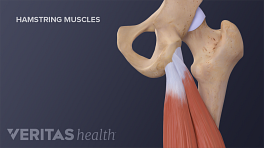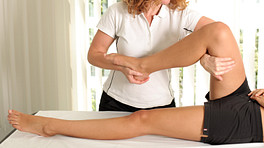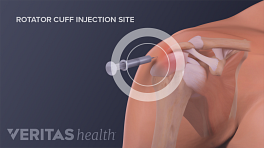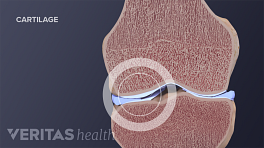Like all medical treatments, there are several potential advantages and uncertainties regarding PRP injections as a treatment for a damaged tendon.
In This Article:
Advantages of Platelet-Rich Plasma (PRP) Therapy
People diagnosed with tendinosis or tendinopathy might consider PRP therapy for several reasons:
- Other traditional treatments may fail to provide adequate relief.
- PRP is derived from the patient’s own blood, and the injections carry few risks.
- Other treatments have side effects or drawbacks:
- Physical therapy is often effective but does not always satisfactorily relieve symptoms or improve function.
- Cortisone injections can temporarily reduce pain; however, symptoms can recur. In addition, tendons exposed to cortisone may weaken, making the injury worse.
- Non-steroidal anti-inflammatory medications (NSAIDs) such as aspirin and ibuprofen may effectively reduce pain, but habitual use can cause or aggravate stomach problems, blood pressure, and heart problems.
- Minor surgeries to treat tendon damage and degradation, such as arthroscopic debridement, do not always work, tend to carry more risks, and have longer recovery times.
- While more clinical studies are needed, the research so far seems to be promising.
Because there is no surefire way to treat damaged tendons, and because PRP injections carry few risks, some doctors believe PRP therapy is worth trying.
Patients should keep in mind that PRP is not a cure-all, and it may be best used in combination with nonsurgical treatments and lifestyle changes, such as physical therapy, weight loss, taping, and NSAIDs.
Questions Regarding Platelet-Rich Plasma Therapy
While evidence suggests that platelet-rich plasma promotes tendon cell regeneration, scientists do not completely understand how or under what circumstances. There are still many questions regarding PRP injections:
- What are the treatment indications? In other words, under what circumstances, if any, should doctors recommend PRP injections for tendon conditions?
- What are the optimal concentrations of platelets and white blood cells to treat tendons? Should concentrations vary depending on which tendon is being treated?
- How much platelet-rich plasma should be injected?
- Do certain additives, such as thrombin or calcium, make the PRP more effective?
- When and how often should injections be given to treat an injured tendon? Is one injection enough?
- What is the best rehabilitation plan to use with PRP therapy?
Until more clinical studies are done, doctors must answer these questions based on the research data that are available, personal experience, and doctor-patient communication.










